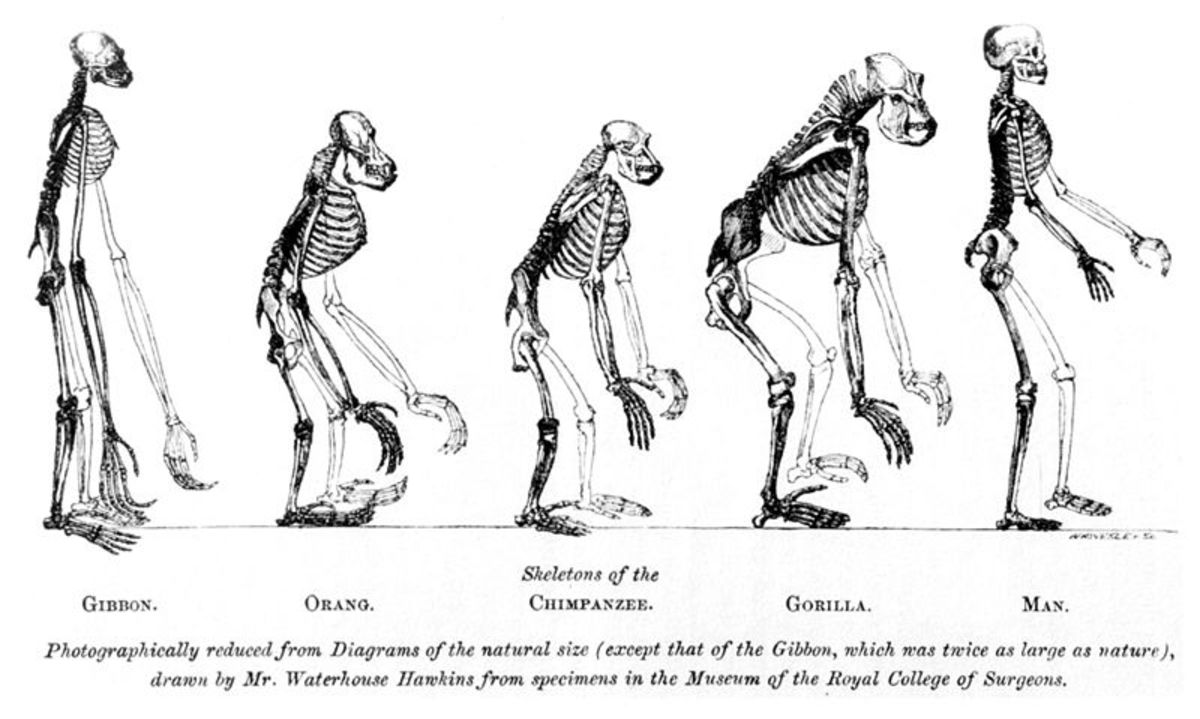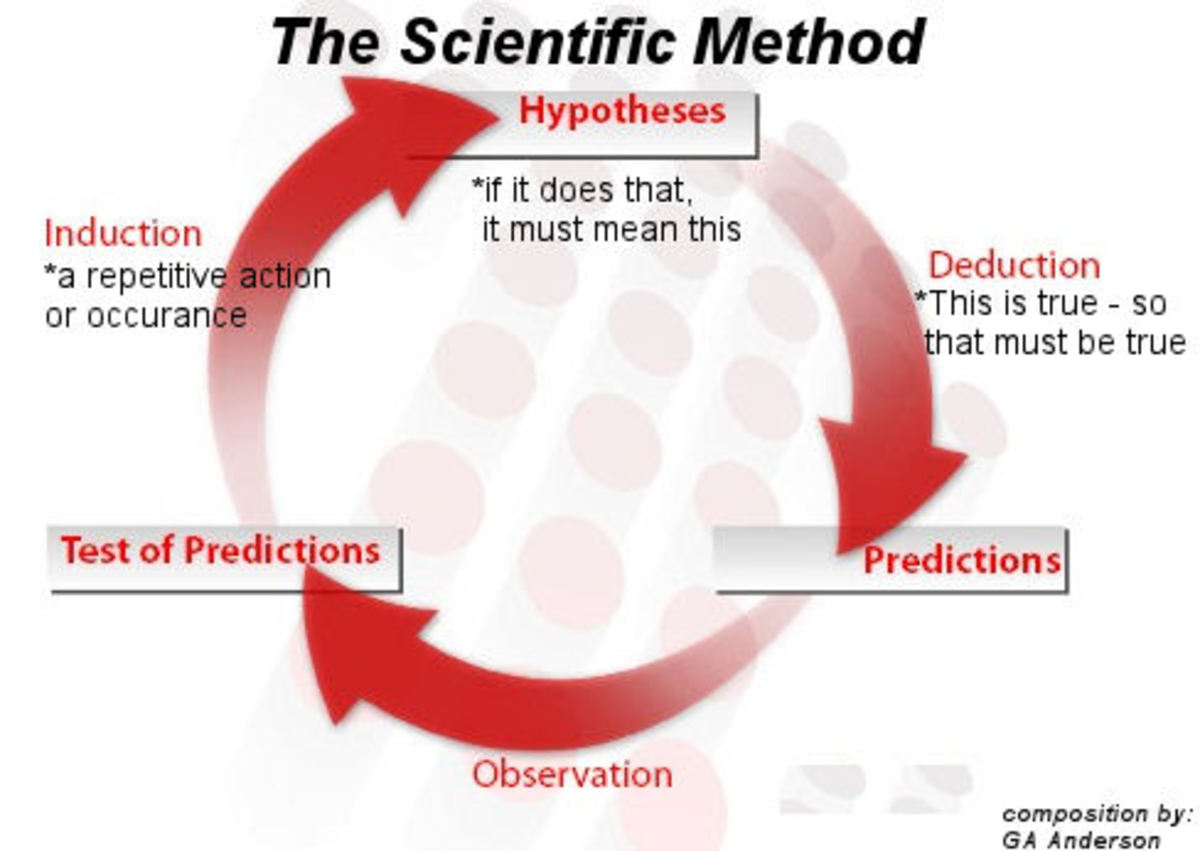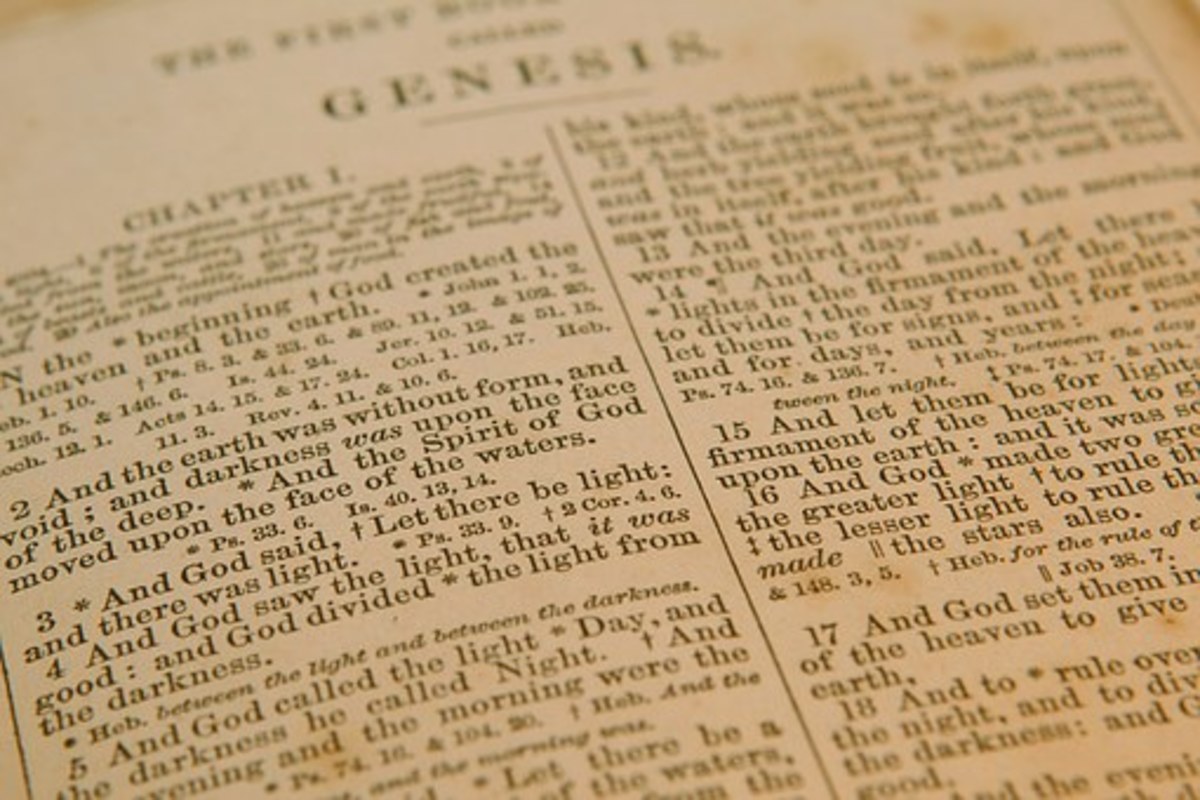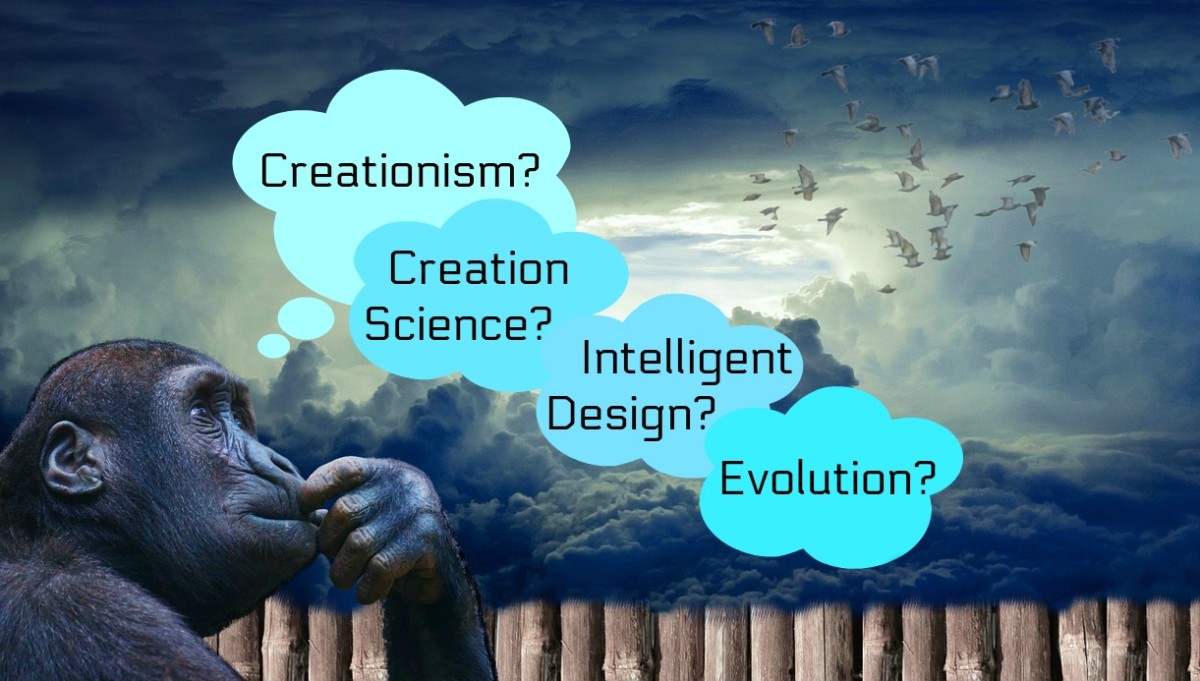Why Biblical Creationists Are Better Scientists
When the Scientific Method Ends and Belief Begins
Scientists with a biblical creation world view have a better grasp of the limits of the scientific method than do scientists with a uniformity geologic/evolution world view. While both scientists have been trained in and have utilized the scientific method of investigation, the creationist has been forced into the position of an apologist and has therefore read literature, attended lectures, and possibly attended creation/evolution debates, explaining how to separate the scientific method from his or her beliefs. The uniformitarian/evolutionist has been taught, erroneously, that an old earth and evolution are scientific facts and has not intellectually teased out the scientific method from their beliefs.
What Is The Scientific Method?
The scientific method investigates a perceived phenomenon by predicting an outcome. The scientific method usually starts out by a casual observance of the phenomenon. The observance can be visual, audible, or sensory. A hypothesis is made that tries to explain the phenomenon with a test resulting in an outcome of observable facts. The hypothesis must be able to be tested in a manner that results in observable, measurable, and repeatable facts. If the facts support the explanation and enough people have tested the hypothesis, the hypothesis becomes stronger and is advanced to a theory. With more testing and reliable outcomes that support the hypothesis, the theory becomes a scientific law. A law is the highest order of the scientific method. It is important to know that even a scientific law is fallible. It is still subject to the scientific method and if the resultant facts refute the law, it must be revised or even abandoned. The same is true with a theory and a hypothesis.
What Is Belief and World View?
Belief falls into the discipline of philosophy, not science. Belief is the psychological state in which an individual holds a proposition or premise to be true. 1 That proposition or premise can be supported or refuted by plausible evidence. The evidence brought forth is insufficient to undergo scientific testing (measurable, observable, repeatable), but never-the-less is adequate to support or refute the belief. If there is enough supporting evidence and little refuting evidence, the belief is considered knowledge. If there is overwhelming refuting evidence, the belief is considered false.
One's beliefs do not form in a vacuum. They originate from one's world view. A world view is a perception of how life operates. It is also vision for how life should be lived and strongly influences our values.

A Scientific Example With Tree Rings
Let's say you just cut down a tree at its base and notice rings in the stump. You count the rings and they count 25. You just observed two facts - the tree had rings inside of it and there were 25. You make a hypothesis that "all trees have rings and there are 25 rings". You cut down another tree (same species) and observe the same thing - so far your hypothesis holds. You cut down a third tree, observe the rings, but now there are ten rings. So far the "all trees have rings" hypothesis holds, but the number of rings does not. You cut down 20 more trees, all have rings, but the number of rings varies. But, you do notice that larger trees have more rings. So you change your hypothesis to "all trees have rings and the larger the tree, the more rings they have". This hypothesis is supported until you start to cut in a dog hair stand of trees that are very small, but have many rings inside of each tree. So you abandon the second part of your hypothesis and stick with "all trees have rings" because so far the rings have been the only observable, measurable, and repeatable facts that have not been contested. Still, you wonder about the rings. Why are they there? Perhaps the rings represent the tree's growth. You make a new hypothesis "all trees have rings and grow one new ring each growing season". To test your hypothesis you plant 1,000 trees from seed and cut down 50 trees each year for 20 years. You count the rings after each cutting. Your hypothesis is supported clearly with no observable facts contradicting it. You publish your results in a journal and people from all over the world begin to test your hypothesis. They can test your hypothesis because your hypothesis "all trees have rings and grow one new ring each year" has observable, measurable, and repeatable facts. If enough people test your hypotheses and find no facts that contradict you hypothesis (null hypothesis), it will advance to a theory and possibly a law.
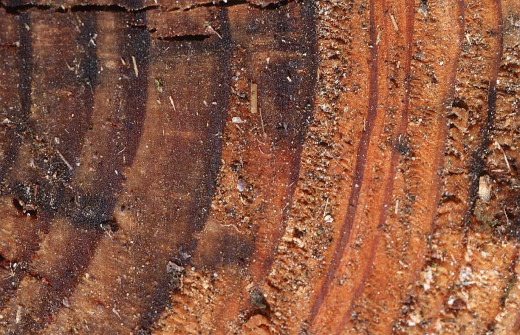
A Belief Example With Tree Rings
Let's say someone points out a really big tree to you and states that this particular species of tree grows very slowly and therefore, given its large size, is very old. You cut down that tree and count 375 rings. You proclaim, "This tree is 375 years old". You have just stepped outside of the scientific method of investigation and entered the realm of belief. Why? Because no one observed the tree growing from the time it was a germinating seed to the time you cut it down. It lacks observation. Furthermore, your proclamation is not repeatable. You could cut down more trees of the same species, but again, no one observed them growing from seed to the point in time when you cut them down. You can count the rings of each tree - something measurable, but relying on only one of the three testing attributes to the scientific method and calling it science is not acceptable.
Now there is great utility in the above belief example of tree rings estimating the age of trees. Foresters count tree rings and assume respective ages. They use this information to manage a forest. There is nothing wrong with using the scientific method and projecting it into a belief system, as long as you know you have left science and are now dealing in philosophy. Both the scientist with a biblical creationist world view and the scientist with the uniformity geologist/evolutionist world view would agree that the tree is probably 375 years old. The difference is that the creationist should know that the line has been crossed into a belief, while the uniformity geologist/evolutionist has no clue that he or she has assumed a belief.
The World Views of Both Scientists
Understanding the world views of the biblical creationist and the uniformitarian/evolutionist is critical in understanding the individual scientist. The creationist views our world as young, being created within days and fully functional after the point of creation. However, this state was short-lived and significantly changed to near chaos and remains so today. The world we see today was not, for the most part, derived from the processes we observe now. Furthermore, our world today does not function as it was designed to function to include the people in it. The uniformitarian/evolutionist views the earth as old with life beginning from inorganic to organic and taking a long time to become complex. The processes we observe today have always been in place and are solely responsible for the world we see today. Both are beliefs and are outside the scientific method of investigation as with the example of aging trees by their rings. The main difference is that the scientist with the biblical creation world view is fully aware of both beliefs and the limits of science, while the uniformitarian/evolutionist fails to see his belief as being separate from science and therefore easily misapplies science. It is the knowledge of the limits of science and understanding of beliefs that makes the biblical creationist a better scientist.
Evolution Is A Scientific Fact, Really?
Oftentimes when uniformatarians/evolutionists are challenged to consider that their world view with respective beliefs are being interjected into science the retort is "Evolution is a scientific fact!" This statement is incorrect on two counts. First, science does not determine facts - at best it establishes laws, which can be fallible. Facts are gathered to support or refute the hypothesis, theory, or law. Second, evolution is not within the scientific method of investigation. A scientist was not there to observe evolution and cannot repeat an evolutionary event, nor measure evolution any more than a scientist can observe creation, repeat creation, or measure creation.
Suggested Readings
While most apologetics on biblical creation start with defining the scientific method of investigation and the respective separation of belief and world view of creation, a particularly useful book is The Controversy: Roots of the Creation - Evolution Conflict (1984) by Dr. Donald E. Chittick.
If you are not familiar with the concept of world view and how it affects one's interpretation of life and reality, and excellent book is The Transforming Vision - Shaping a Christian World View (1984) by Brian J Walsh and J Richard Middleton.
Literature Cited
1. Schwitzgebel, Eric (2006), "Belief", in Zalta, Edward, The Stanford Encyclopedia of Philosophy, Stanford, CA: The Metaphysics Research Lab, retrieved 2008-09-19


